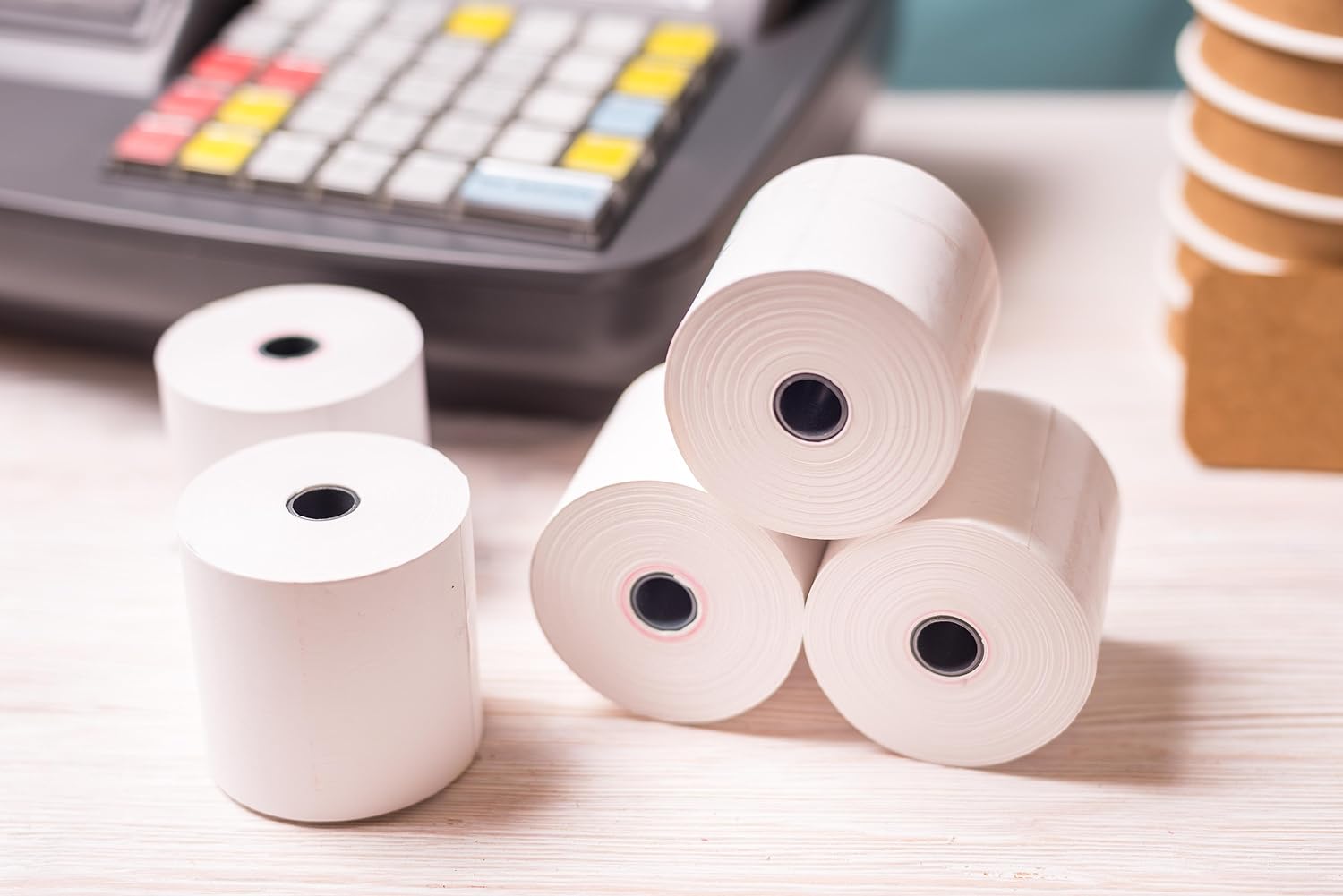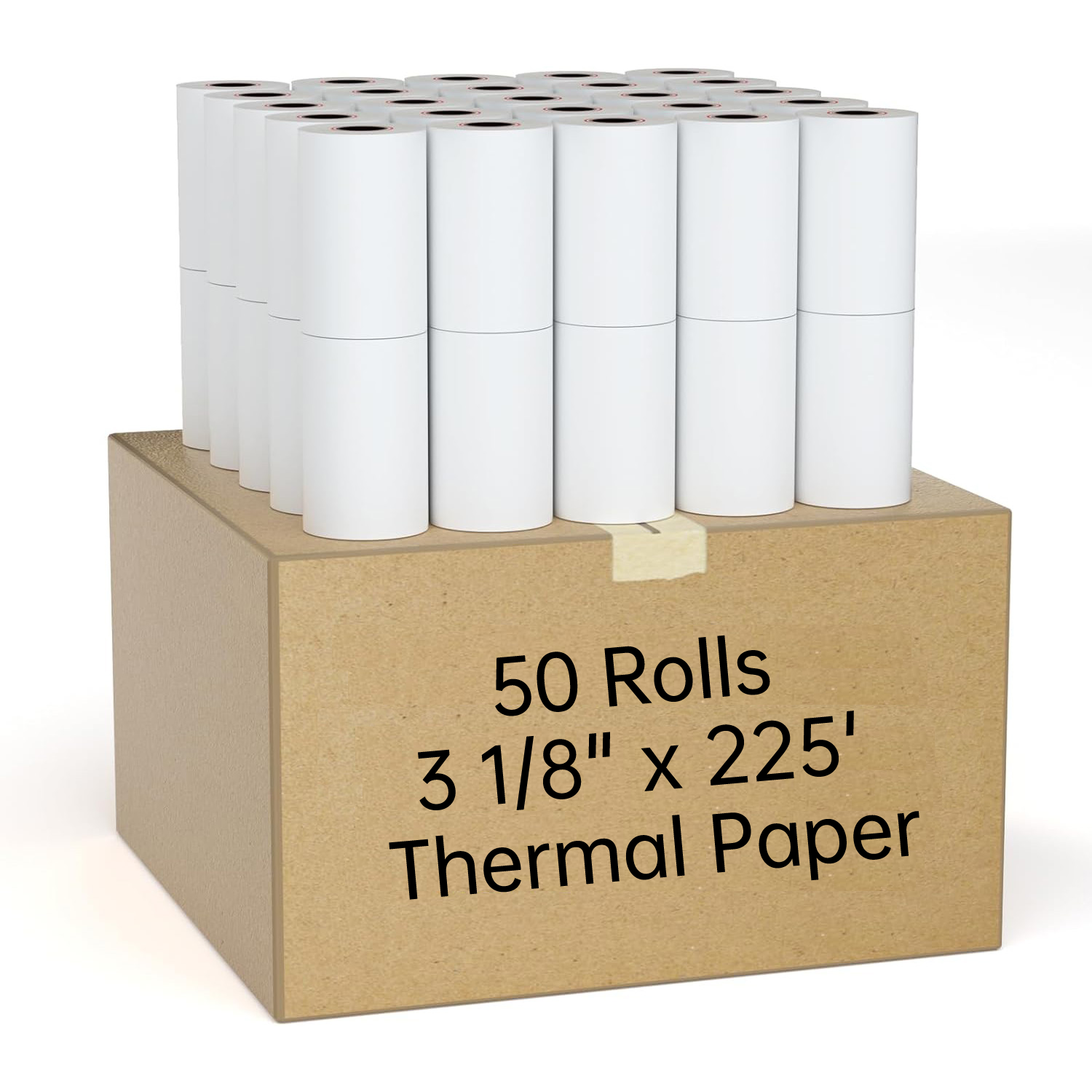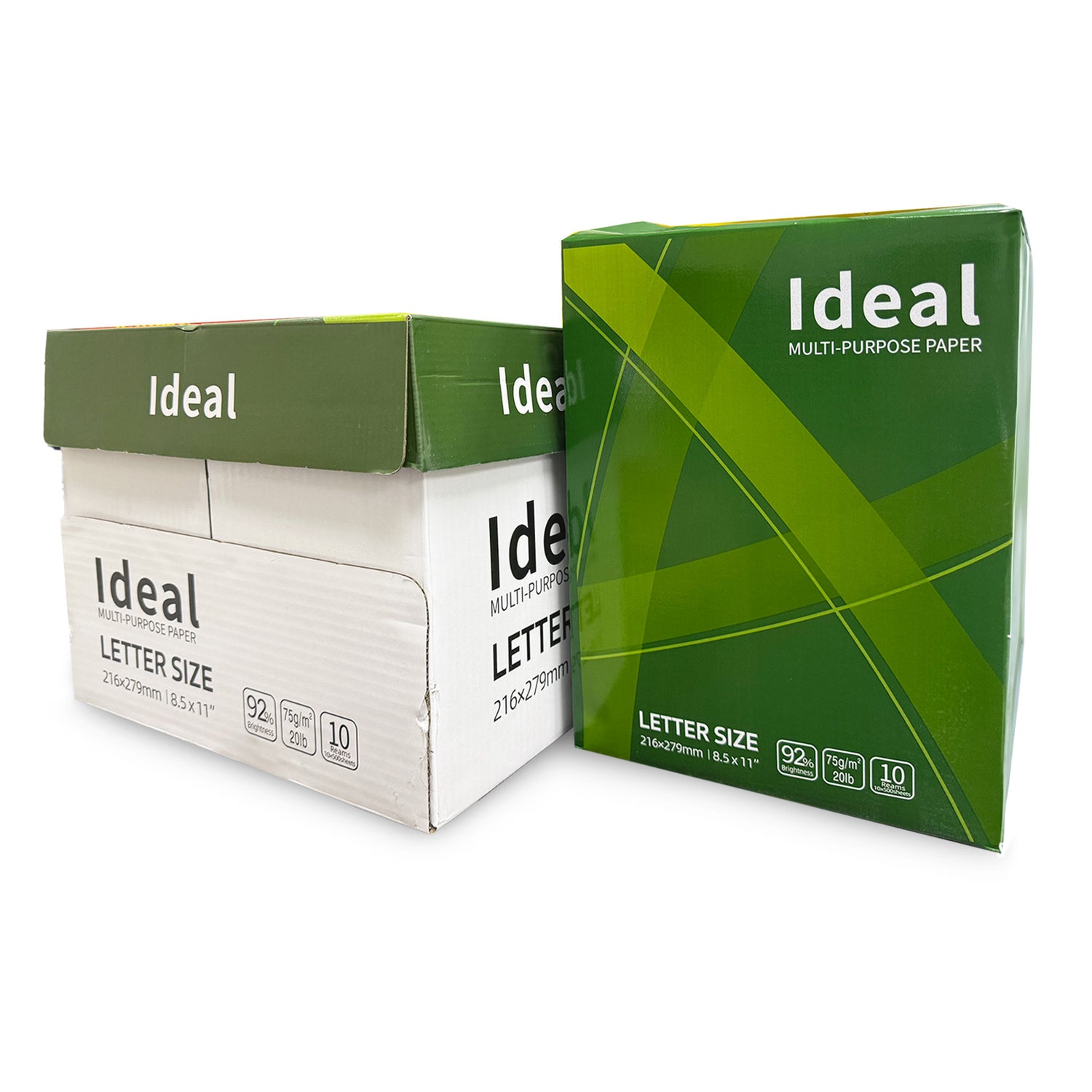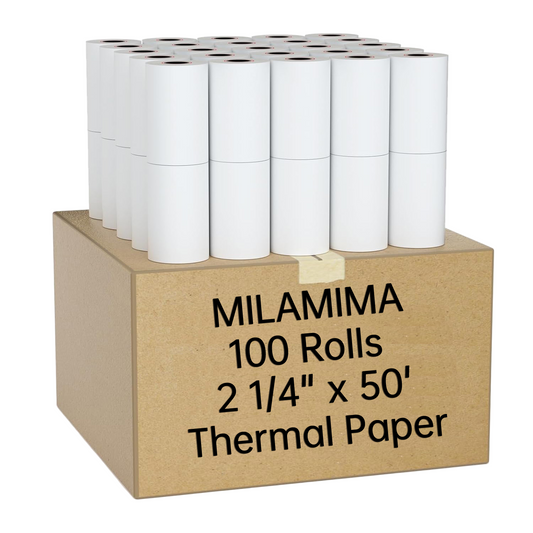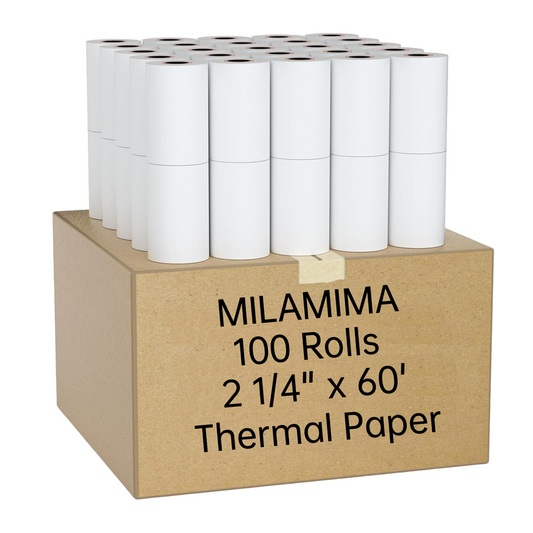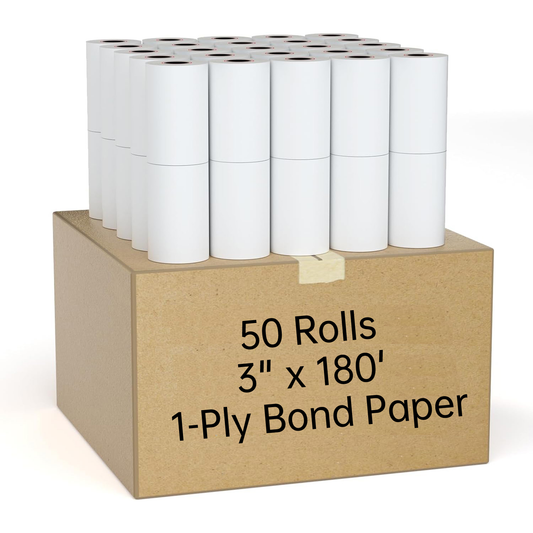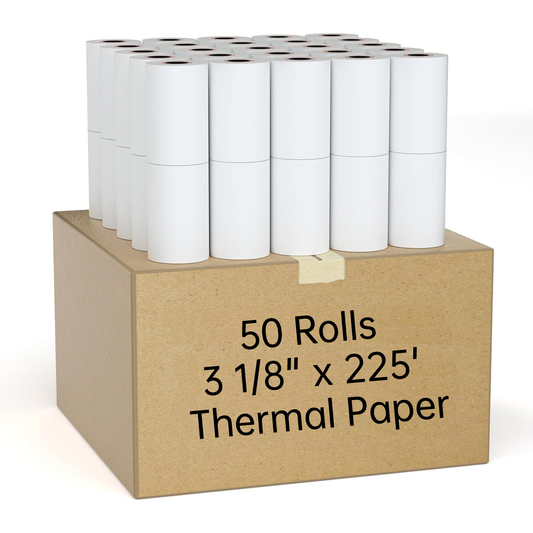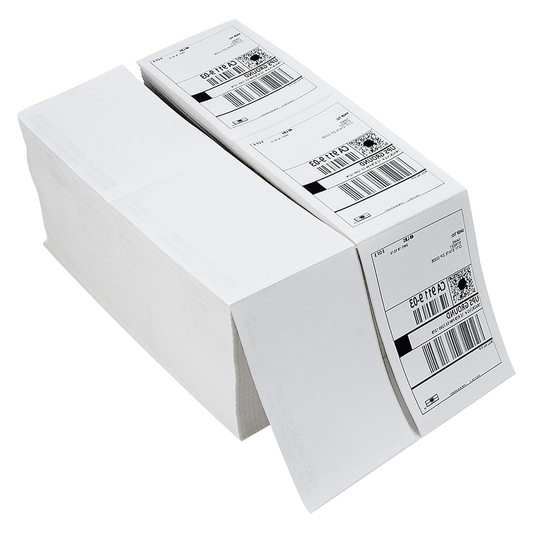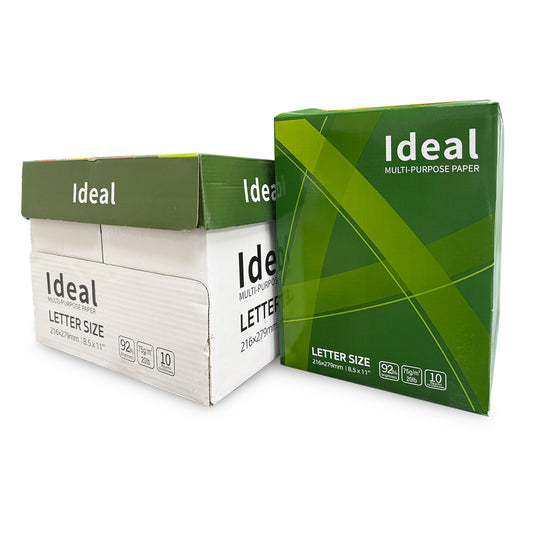Whether you're a birdwatcher, sports enthusiast, or an avid traveler, binoculars are indispensable tools for enhancing your view of the world. But if you're planning to take to the skies for your next adventure, you might be wondering: can you bring binoculars on a plane? Let's dive into the specifics.
The Transportation Security Administration (TSA) regulates what items can be brought onto commercial flights in the United States, and similar regulations apply in many other countries. When it comes to binoculars, the good news is that they are generally permitted in both carry-on and checked baggage. However, there are a few factors to consider to ensure a smooth journey through airport security.
Firstly, let's discuss the size and magnification of binoculars. Binoculars come in various configurations, typically denoted by two numbers separated by an "x." The first number represents the magnification power, while the second number denotes the diameter of the objective lens in millimeters. For example, 10x42 binoculars have a magnification power of 10 times and a 42mm objective lens diameter.
Here's a breakdown of common binocular configurations and their suitability for air travel:
- Small and Medium Binoculars (e.g., 8x25, 10x25, 8x42, 10x42): These compact and mid-sized binoculars are ideal for travel and are generally allowed in both carry-on and checked baggage without any issues.
- Large Binoculars (e.g., 12x50, 15x56, 20x50, 20x80): While larger binoculars offer superior magnification and light-gathering capabilities, their size and weight may raise concerns at airport security checkpoints. It's advisable to pack these in your checked baggage to avoid any potential issues during screening.
- Special Consideration: 7x50 Binoculars: Binoculars with a 7x magnification and 50mm objective lens diameter are commonly used for marine and astronomy purposes. Due to their size and potential resemblance to firearms, they may attract additional scrutiny from security personnel. It's recommended to pack them securely in your checked baggage.
Regardless of the size and magnification of your binoculars, it's essential to pack them properly to prevent damage during transit. Consider using a padded case or wrapping them in clothing for added protection.
When traveling internationally, it's wise to familiarize yourself with the specific regulations of the countries you're visiting, as security protocols may vary. Additionally, if you're unsure about any restrictions or have concerns about a particular set of binoculars, it's best to contact your airline or the relevant authorities for clarification.
In conclusion, bringing binoculars on a plane is generally permissible, but it's essential to pack them appropriately and be mindful of their size and configuration. By following these guidelines, you can enjoy breathtaking views both on the ground and in the air, making your journey even more memorable. Happy travels!


